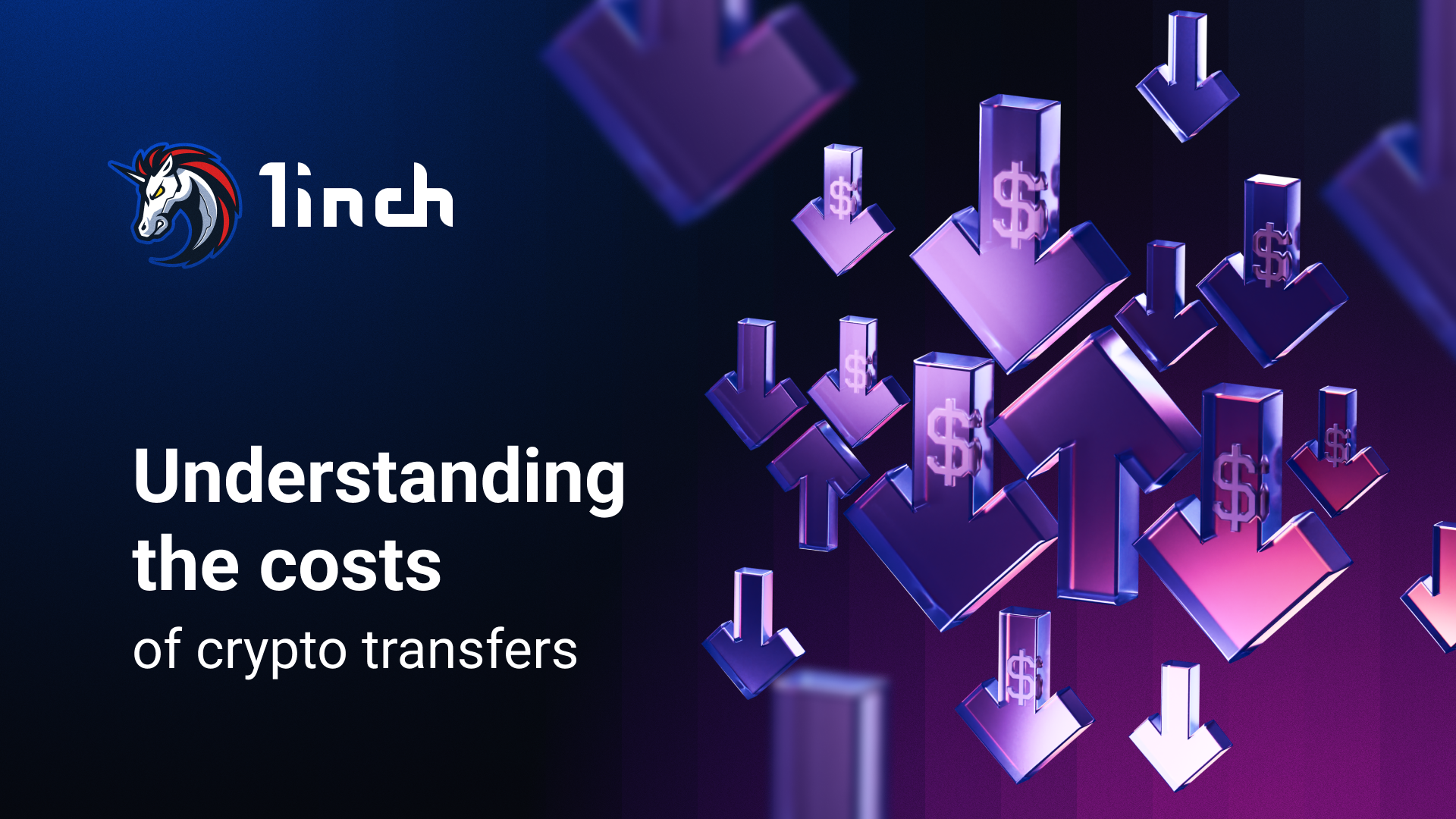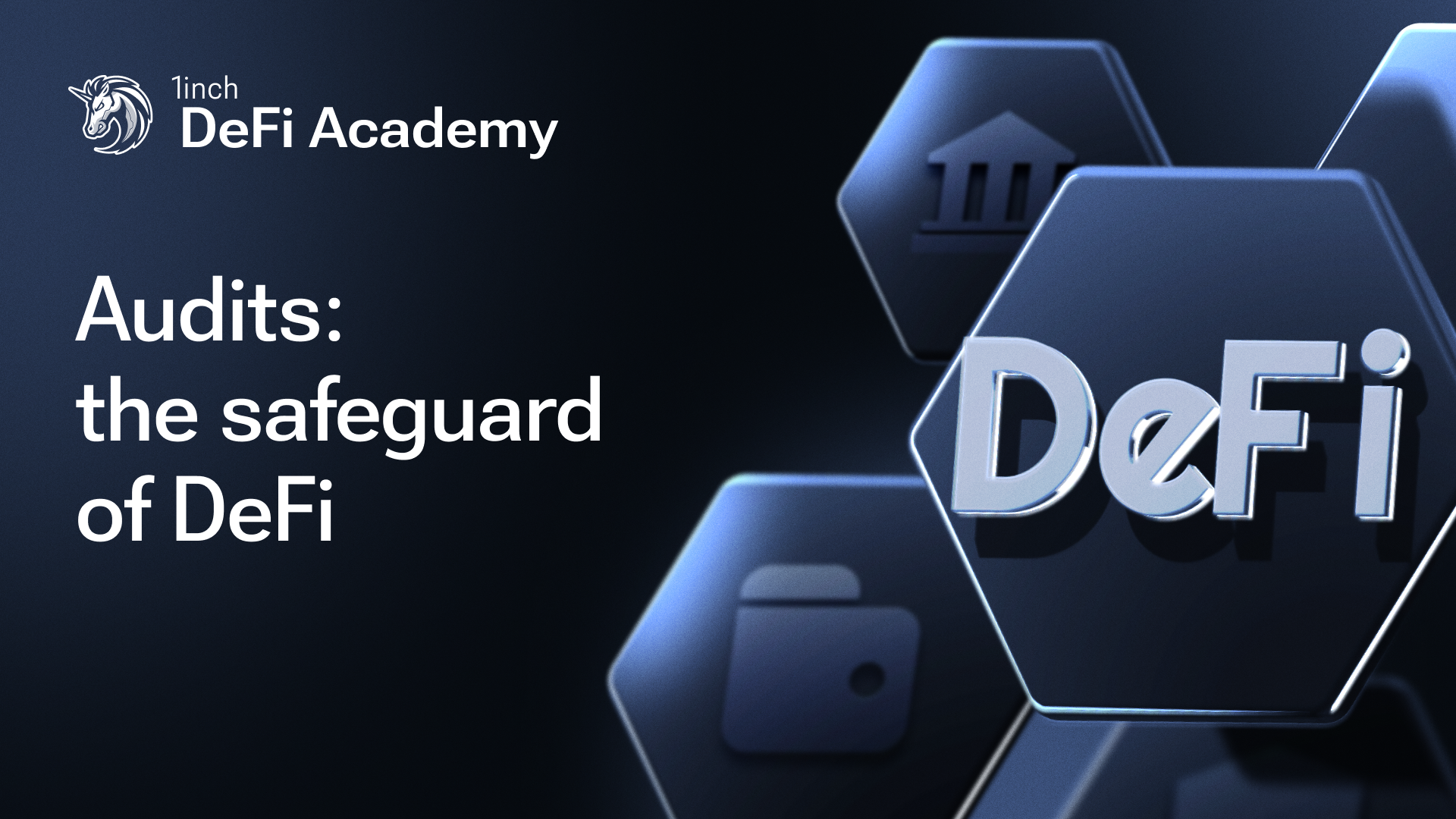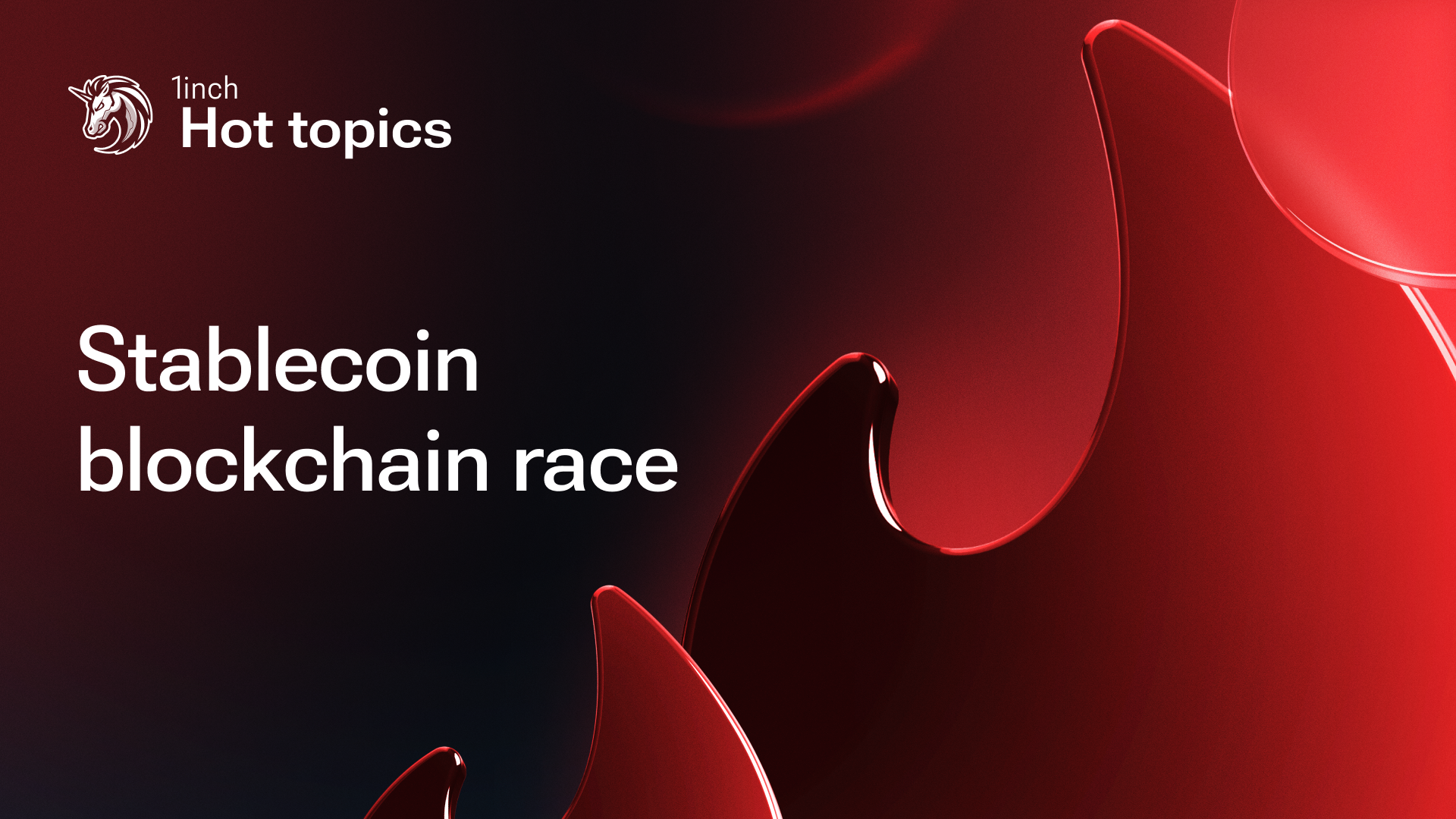What are types of transaction fees?

Understanding transaction fees is essential for secure and efficient use of cryptocurrency, impacting everything from day-to-day transactions to long-term investment strategies.
Key takeaways:
Users making all kinds of transactions with crypto have to pay various fees, some of which could be quite sizable. Therefore, it is good to know in advance how crypto fees work.
Commissions charged for cryptocurrency transactions can differ – there are trading fees and network or gas fees.
Trading and processing fees
Crypto exchanges and wallets may charge a fee for buying or exchanging cryptocurrency - trading or processing fees. This is a small percentage of each trade charged for using the platform or service that either goes for resource improvement (if this is a wallet, for example) or is sent as a reward to liquidity providers. The latter case applies to decentralized exchanges and platforms that allow users to generate passive income by locking cryptocurrencies into liquidity pools.
Network fees
The network fee covers the work of validators and miners responsible for processing transactions. The fee amount depends on the capacity of the transaction and on the network demand - how many transactions are submitted by users for addition in the new block. Miners and validators decide which transaction to take from the mempool, where it is waiting to join the block. Users can incentivize them with some tips to prioritize their transactions. Usually, users can increase the fee automatically offered by the wallet or platform or select the priority fee option to speed up the transaction.
Fees also help keep the network secure. If transactions were free, there would be a chance of tiny transactions-dust-spamming the blockchain. Network fees are paid in native tokens of the network chosen for the transaction.
What is a gas fee?
Gas is like a fuel that you need to run transactions on Ethereum or any other EVM-compatible blockchain. As just about all DeFi projects are built on Ethereum, the term gas is quite widely used. Among blockchains charging for gas besides Ethereum are Arbitrum, Avalanche, BNB Chain, Polygon and others.
Gas is required to maintain the network’s operation and its security, and it is needed to perform a transaction. It is the unit of the commission payment.
The gas price determines how much effort is spent on validating a transaction. It is counted in Gwei: 1 Gwei = 0.000000001 ETH.
Gas price reflects the cost of gas required for a transaction and determines the size of the fee that must be paid to compensate validators’ service on a blockchain. Users pay gas fees in native tokens of the network on which the transaction takes on. If you perform a transaction on Ethereum, you will have to spend some ETH on gas, so there should be a bit more ETH on your balance in addition to the amount intended to be sent or swapped. Most wallets reflect the gas price in US dollars or any other currency suitable for users.
When users fill in the fields of a token transfer, they see the estimated gas fee required for the current transaction. You might run into recommendations of having 50% more native tokens on balance than the estimated fee in order to avoid running out of gas. The gas fee is dynamic and fluctuates, depending on network traffic and the complexity of the transaction. Just like any network fee, it automatically increases with more users submitting transactions. Many wallets enable users to adjust the gas commission by selecting one of the offered ‘speed and fee’ options or setting a custom amount. The speeding-up transaction feature also comes as a priority fee to the validator. When demand for transactions drops, so does the price of gas. Users can set a limit for the amount of gas they are willing to pay to complete a transaction.
All gas price issues usually apply to Ethereum since it is one of the most popular and hence the busiest networks.
How to reduce gas expenses:
- Choose the best time. If there is no urgency, users can wait for the optimal gas price, which varies throughout the day or week. If your wallet has no gas price widget, you can always track Ethereum’s gas prices on Etherscan.
- Use alternative L2 solutions, such as Polygon, Arbitrum or Optimism and others, which handle transactions outside Ethereum while using it solely for confirming the results. Still, their gas price can also fluctuate quite a bit, and the fee payment requires some native tokens on balance. Plus, withdrawing or depositing can sometimes take longer.
How to swap without paying gas and trading fees?
A blockchain transaction without gas is impossible. However, there are options where the gas payment mechanism is built so that the end user pays no gas fee.
- Swaps in Fusion mode are free of gas, since the associated fees are covered by resolvers filling the orders. Users also don’t have to pay any trading fees.
- Limit orders can be executed without gas fees These are trades executed at a specified price within a specified time period. The gas fee is paid by takers who take the placed orders by buying or selling at the requested price.




























